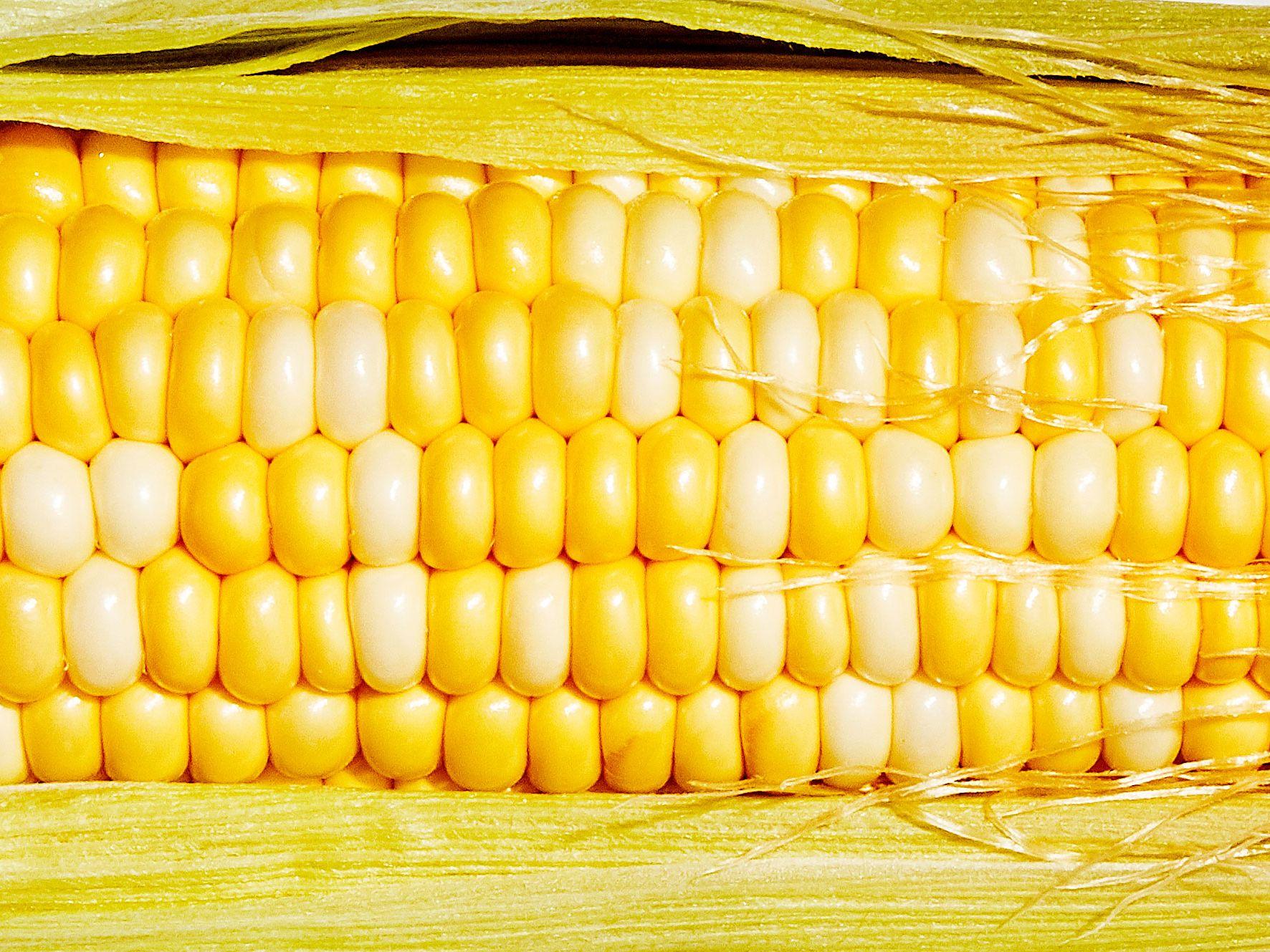The agricultural landscape of 2025 reveals a precarious situation for American farmers. Corn gains favor over soybeans in planting decisions, yet both crops face troubling economic horizons. Farmers have shifted their betting chips toward corn, with USDA’s Prospective Plantings report showing corn acreage increasing 5.2% to 95.3 million acres while soybean planting dwindled by 4.1% to 83.5 million acres. This strategic pivot emerges amidst financial anxieties that hover above heartland fields.
The massive corn production outlook approaches a staggering 15.8 billion bushels, poised to shatter historical records should weather cooperate. Soybean yields, though substantial at 4.35 billion bushels, remain beneath previous pinnacles established in 2018 and surpassed in 2021. Supplies exceed demand in worrisome proportions. Corn stockpiles might reach nearly 2 billion bushels while soybean inventories hover around 477 million bushels – representing 46-day and 40-day cushions respectively.
Market Dynamics and Pricing Pressures
Price forecasts illuminate the harsh arithmetic confronting producers. USDA projected corn cash prices averaging $4.10 per bushel for 2024-25, marking a 15-cent retreat, while soybean prices faced a 12-cent compression to $10.08. These figures stand well beneath full production expenses, estimated at $4.79 for corn and $11.90 for soybeans. The mathematical consequence? Corn operations face potential losses of $125 per acre; soybean producers confront $95 per acre deficits. Soybeans thus present the marginally less punishing option between two difficult choices.
January 2025 witnessed corn futures experiencing a swift upward trajectory, reaching heights reminiscent to bull markets of 2021 and 2008. Depleted global stockpiles – the lowest in ten years – fueled this momentum. Soybean markets contended against opposite currents. Record supplies weighed heavily against prices, while Chinese demand exhibited unpredictable tendencies, casting shadows across price stability prospects.
Speculators maintained significant positions early in the year. Money managers held 292,228 net long corn contracts and 34,833 net long soybean contracts by mid-January. Historical patterns suggest bullish February corn performance when January positions exceed 200,000 contracts, though exceptions have occurred in 2012, 2013, and 2023. The correlation weakens considerably for soybeans, where initial position size demonstrates lesser predictive value for subsequent monthly performance.
Regional Impacts and Policy Interventions
Illinois, a major agricultural powerhouse, confronts challenging economic outlooks despite slight adjustments to early projections. University analysts revised their 2025 corn price expectations upward to $4.30 per bushel while trimming soybean price forecasts to $10.20. These modifications created modest improvements for corn return projections, however they remained in negative territory alongside soybeans across all Illinois regions.
The American Relief Act of 2025 attempted addressing these distressing conditions by authorizing economic assistance payments. These measures boosted 2024 revenues by approximately $43 per acre for corn operations and $30 per acre for soybean producers. Yet these supports provide temporary relief rather than structural solutions to the fundamental supply-demand imbalances affecting commodity markets.
Trade conflicts contribute substantially toward market uncertainty, with diplomatic tensions creating unpredictable export environments. Chinese purchasing decisions wield tremendous leverage over soybean price formation, while corn markets respond more sensitively to domestic ethanol policy shifts. Government assistance programs offer momentary breathing room but cannot resolve the central pricing challenges.
The 2025 agricultural cycle unfolds against this complex backdrop, with farmers making planting decisions based on imperfect information and historical tendencies. Recent market shifts suggest corn clearing price thresholds that might improve viability metrics, though projections remain tenuous. Weather patterns, always the wild card in agricultural equations, maintain their decisive power to reshape supply expectations dramatically.
For rural communities dependent on agricultural prosperity, these market dynamics generate rippling consequences through equipment sales, land valuations, and overall economic vitality. Some regions adapt through crop diversification strategies while others double-down on efficiency improvements to squeeze additional profitability from challenging conditions. The sector vulnerability extends well beyond farm operations to impact the broader agricultural supply chain and rural economies nationwide.









